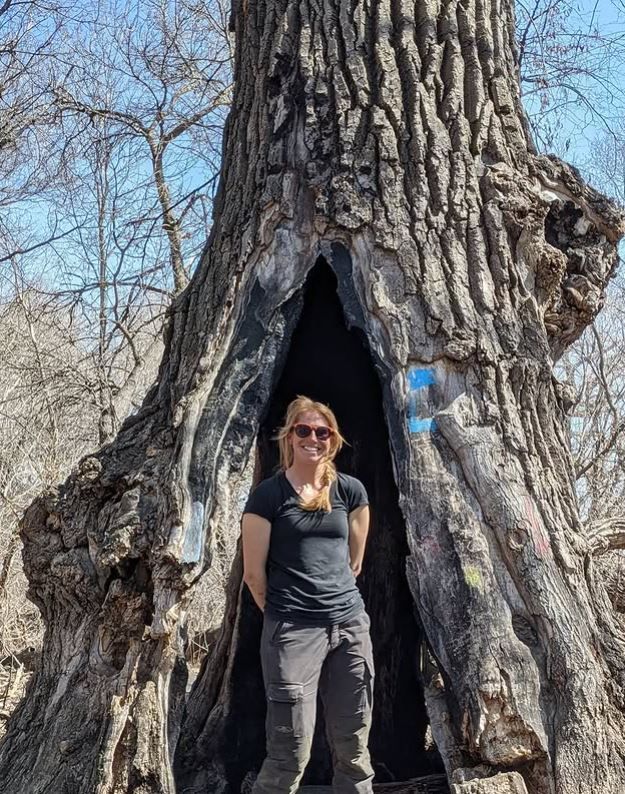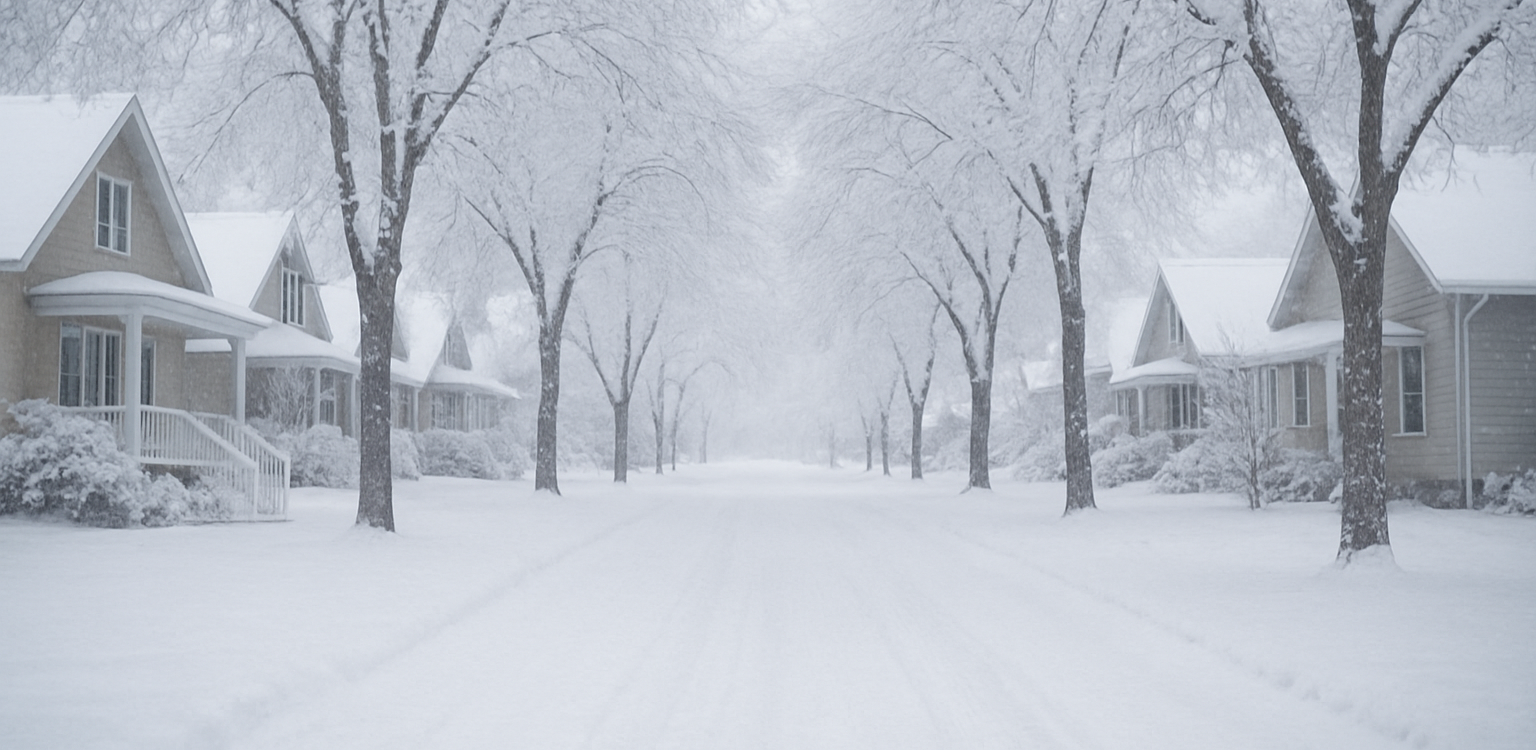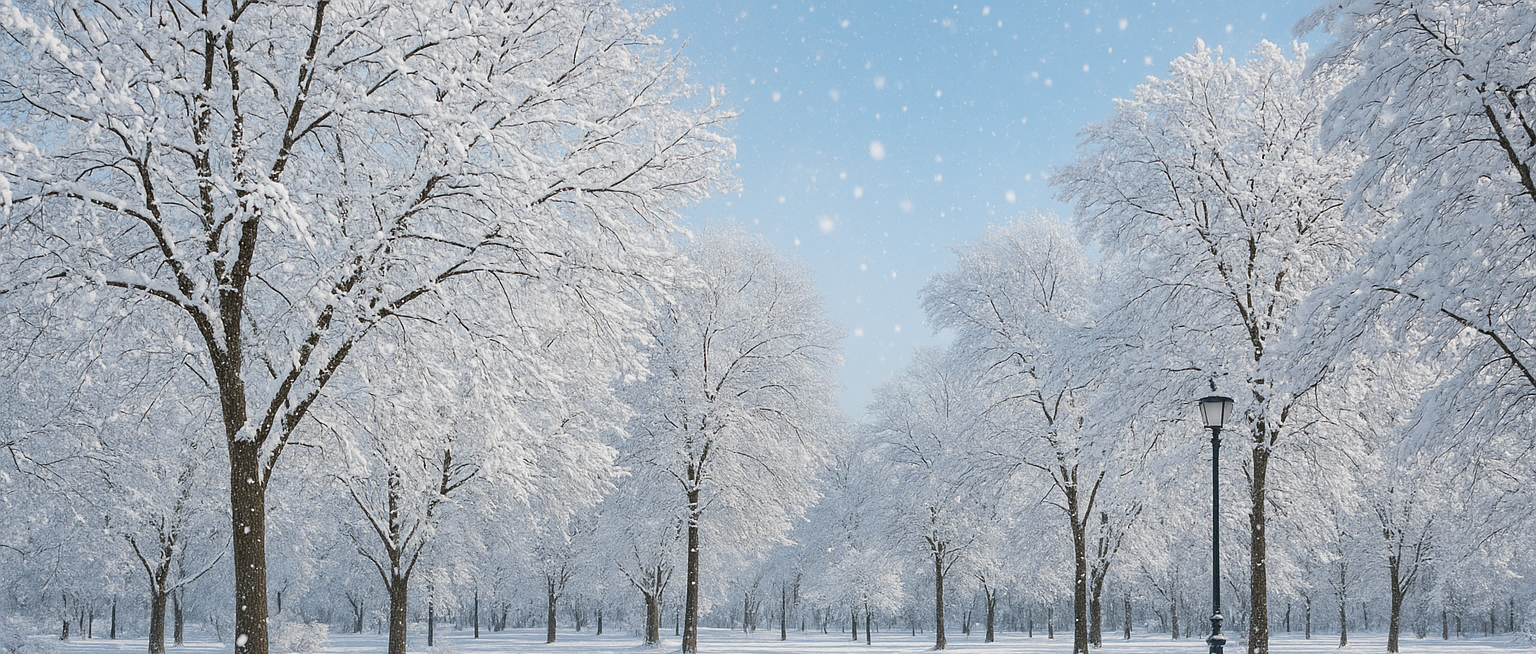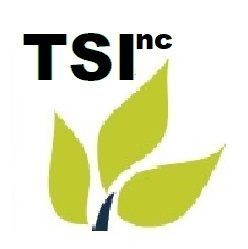How To Spot Hazardous Trees on Your Property
Trevor Soltys & Paul Kasper
Identify Structural Weaknesses and Potential Safety Risks
Trees add beauty, shade, and value to your property, but they can also pose serious risks if they become structurally compromised. Identifying hazardous trees early can prevent property damage, injuries, and costly emergency removals. Here’s how to spot structural weaknesses and potential safety risks in your trees.
1. Inspect the Tree’s Overall Health
Start by observing the tree’s general condition. A healthy tree has vibrant leaves, sturdy branches, and strong bark. Signs of a hazardous tree include:
- Sparse or discolored foliage
- Excessive dead branches
- Leaning trunk
- Fungal growth at the base
- Visible decay or cavities
2. Check for Cracks, Splits, and Cavities
Deep cracks or splits in the trunk or large branches indicate internal weaknesses. Cavities, especially large ones, may suggest decay and a compromised structure. If you notice significant cracks or holes, consult an arborist to determine the extent of the damage.
3. Look for Dead or Hanging Branches
Dead branches, also known as widow-makers, can fall unexpectedly, posing a severe risk to people and property. Signs of deadwood include:
- Bark that easily peels away
- Brittle, leafless branches
- Fungal growth on branches If you spot any of these warning signs, it’s best to have them removed immediately.
4. Examine the Tree’s Root System
The roots anchor a tree and provide essential nutrients. Root damage can cause instability, making the tree prone to falling. Warning signs include:
- Exposed roots with signs of decay
- Soil heaving or cracks around the base
- Leaning trees with weak root attachment If your tree’s roots appear damaged, it could be a sign that the tree is at risk of toppling over.
5. Identify Signs of Disease or Pest Infestation
Diseases and pests can weaken a tree’s structure over time. Look for these red flags:
- Holes in the bark (indicating insect activity)
- Sudden branch dieback
- Powdery mildew, cankers, or other fungal growth
- Unusual leaf discoloration or deformities If you suspect disease or pest infestation, early intervention can often save the tree.
6. Assess the Tree’s Lean and Stability
A tree naturally leans due to its growth pattern, but a sudden or severe tilt can indicate a structural issue. Signs of instability include:
- A tree leaning more than 15 degrees
- Exposed or lifted roots
- Recent soil disturbance around the base A leaning tree, especially after a storm, should be inspected by a professional immediately.
7. Observe the Surrounding Area
A tree’s environment plays a crucial role in its stability. Consider the following:
- Proximity to Structures: Trees too close to homes, driveways, or power lines may pose a risk if they fall.
- Soil Conditions: Poorly drained or compacted soil can weaken root systems.
- Previous Storm Damage: Trees that have lost large limbs or suffered storm damage may have hidden structural weaknesses.
What to Do If You Have a Hazardous Tree
If you notice any of these warning signs, don’t ignore them. Contact a tree service for a professional evaluation by a licensed arborist. In some cases, strategic pruning can resolve the issue, while in others, tree removal may be the safest option.
Regular inspections and preventative maintenance can help keep your trees healthy and your property safe. By being proactive, you can enjoy the benefits of trees without the risks.







